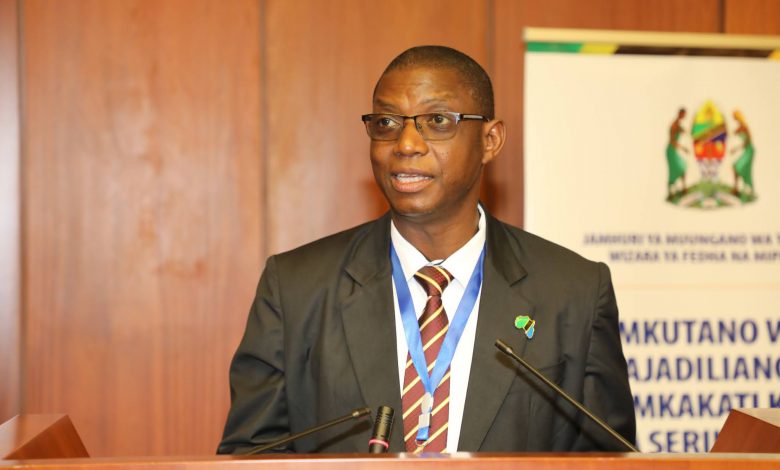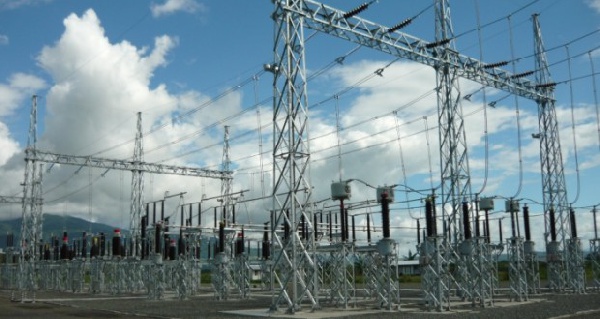Summary
Union Minister Pralhad Joshi inaugurates the 435 MW Gorbea Solar Power Project in Rajasthan, a swift and sustainable initiative by Zelestra India. Completed in under eight months, it will power 1.28 lakh homes with clean energy annually.
Source: Devdiscourse

AI News Q&A (Free Content)
Q1: What is the significance of the Gorbea Solar Power Project in Rajasthan?
A1: The Gorbea Solar Power Project in Rajasthan is significant as it represents a major step forward in India's renewable energy initiatives. Inaugurated by Union Minister Pralhad Joshi, this 435 MW solar project, completed in under eight months, is set to provide clean energy to approximately 1.28 lakh homes annually. This project not only contributes to sustainable energy goals but also showcases rapid development capabilities in the renewable sector.
Q2: How do recent scholarly articles describe the growth of renewable energy projects similar to the Gorbea Solar Power Project?
A2: Recent scholarly articles highlight the exponential growth of renewable energy projects globally. For instance, a study predicts a three-fold increase in renewable energy generation in South America by 2050, emphasizing the significant roles of solar and wind energy. These projects are pivotal in transitioning towards sustainable energy, much like the Gorbea Solar Power Project in India.
Q3: What are the broader implications of solar projects like the Gorbea Solar Power Project on sustainability?
A3: Solar projects such as the Gorbea Solar Power Project have significant implications for sustainability by reducing carbon footprints and fostering energy independence. They contribute to environmental goals by utilizing renewable resources, thus minimizing reliance on fossil fuels and mitigating climate change impacts.
Q4: What challenges do renewable energy projects face in achieving sustainability goals?
A4: Renewable energy projects face several challenges in achieving sustainability, including technical quality trade-offs, geographic disparities in resource availability, and socio-economic impacts. These challenges require careful planning and policy-making to ensure equitable and efficient energy distribution and sustainability.
Q5: What are the potential economic impacts of the Gorbea Solar Power Project?
A5: The Gorbea Solar Power Project is likely to have positive economic impacts by creating jobs during its construction and operational phases, reducing energy costs through sustainable practices, and contributing to local economic growth. Such projects also attract investments in the renewable energy sector, further bolstering economic development.
Q6: How do government policies influence the development of projects like the Gorbea Solar Power Project?
A6: Government policies play a crucial role in the development of renewable energy projects by providing necessary regulatory frameworks, financial incentives, and infrastructure support. Policies that focus on sustainable development and energy transition encourage the growth of projects like the Gorbea Solar Power Project.
Q7: What lessons can be learned from the rapid completion of the Gorbea Solar Power Project?
A7: The rapid completion of the Gorbea Solar Power Project demonstrates the importance of effective project management, technological innovation, and strategic planning. It highlights the potential for swift advancements in renewable energy infrastructure when supported by conducive policies and efficient execution.
References:
- Renewable Energy Transition in South America: Predictive Analysis of Generation Capacity by 2050
- On the impact of the global energy policy framework on the development and sustainability of renewable power systems in Sub-Saharan Africa: the case of solar PV



